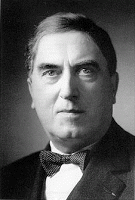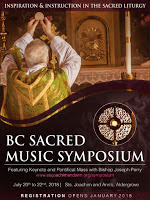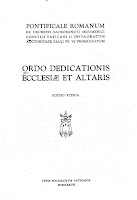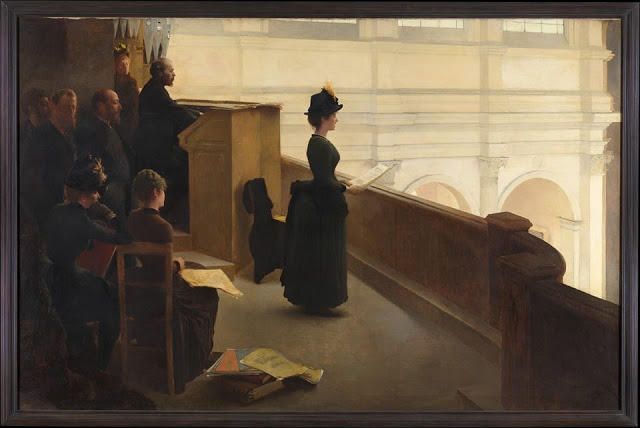Musician Randolph Nichols offers reflections on a work of art that depicts the Kingship of Christ among the lowly:
A year ago this Corpus Christi Sunday I listened to Fr. Michael Kerper, pastor of St. Patrick’s Church in Nashua, NH, develop his homily around a painting of the Irish artist Aloysius O’Kelly (1853-1936). Until that moment I was unaware that Ireland had produced any prominent painters. I suppose one can be forgiven that lapse given that O’Kelly’s work in question, “Mass in a Connemara Cabin” (1883) – the only painting of an Irish subject ever to be exhibited at a prestigious Paris salon – vanished at the end of the nineteenth century and remained missing for a century before turning up in a rectory in Edinburgh. That painting now resides in the National Gallery of Ireland.
 |
| “Mass in a Connemara Cabin” by Aloysius O’Kelly (1883) |
As a painter, O’Kelly doesn’t demonstrate any of the breakthrough developments of his more famous contemporaries like Monet, Manet, or Degas and the religious subject of the aforementioned painting was by then out of fashion. There is something about “Mass in a Connemara Cabin,” however, that compels. It successfully captures the mood and atmosphere of a particular time, place and people and the viewer senses the religious, political and economic repression without having to know the details of 19th-century Irish life.
Looking closely at the painting, many factors come into play: the claustrophobic feel of enclosure, the women’s well-worn yet evocative shawls and scarves, the kneeling bodies directed toward the focal point – the young white-clad priest (even the cupboard dishware leans toward him); and of course, there is that dramatic gesture of the woman in the lower right corner.
As its title suggests, the painting reflects the deep piety of parishioners crowded into someone’s home as a young priest says Mass. Others see more, particularly since the priest seems to be giving the final blessing and that Aloysius O’Kelly and his family were steeped in revolutionary politics. His three brothers were Fenians and his sister married into the family of James Stephens, founder of the Irish Republican Brotherhood. After the failed Rising of 1867 two of the artist’s brothers were exiled to New York and during this period Aloysius moved to Paris to begin studying at the École des Beaux-Arts.
After O’Kelly returned to Ireland in the early 1880s, he began to visually capture the bleak existence of working class people on the west coast during very turbulent times. Against the backdrop of the struggle between tenants and landlords, the celebration of Mass was often a precursor to social and political gatherings. The significance of O’Kelly’s Mass may not be the Mass itself but what comes after, the unseen but anticipated.
However you read this painting, I find painful irony contrasting recent events in Ireland with this scene of devotion from the early 1880s.




